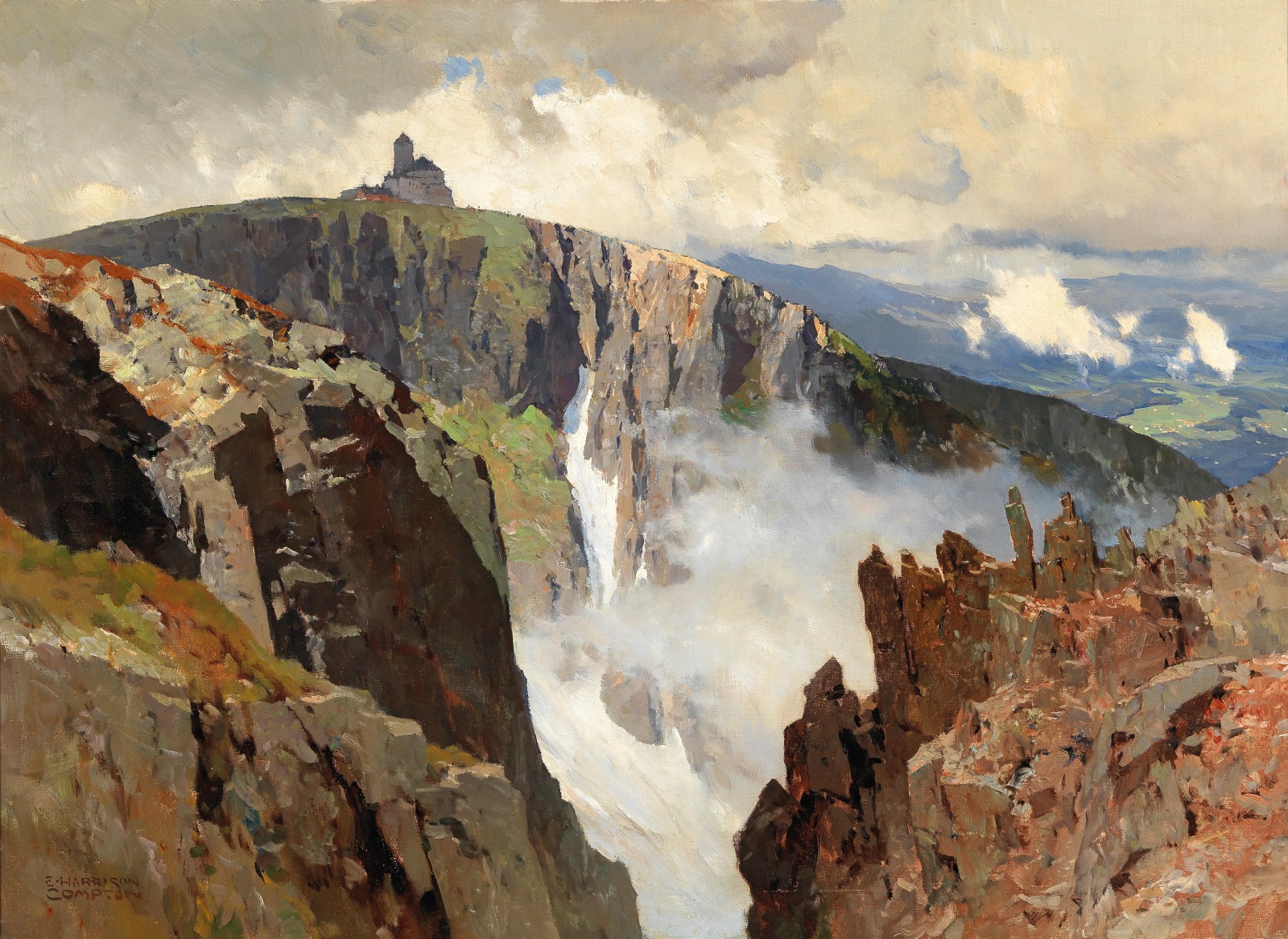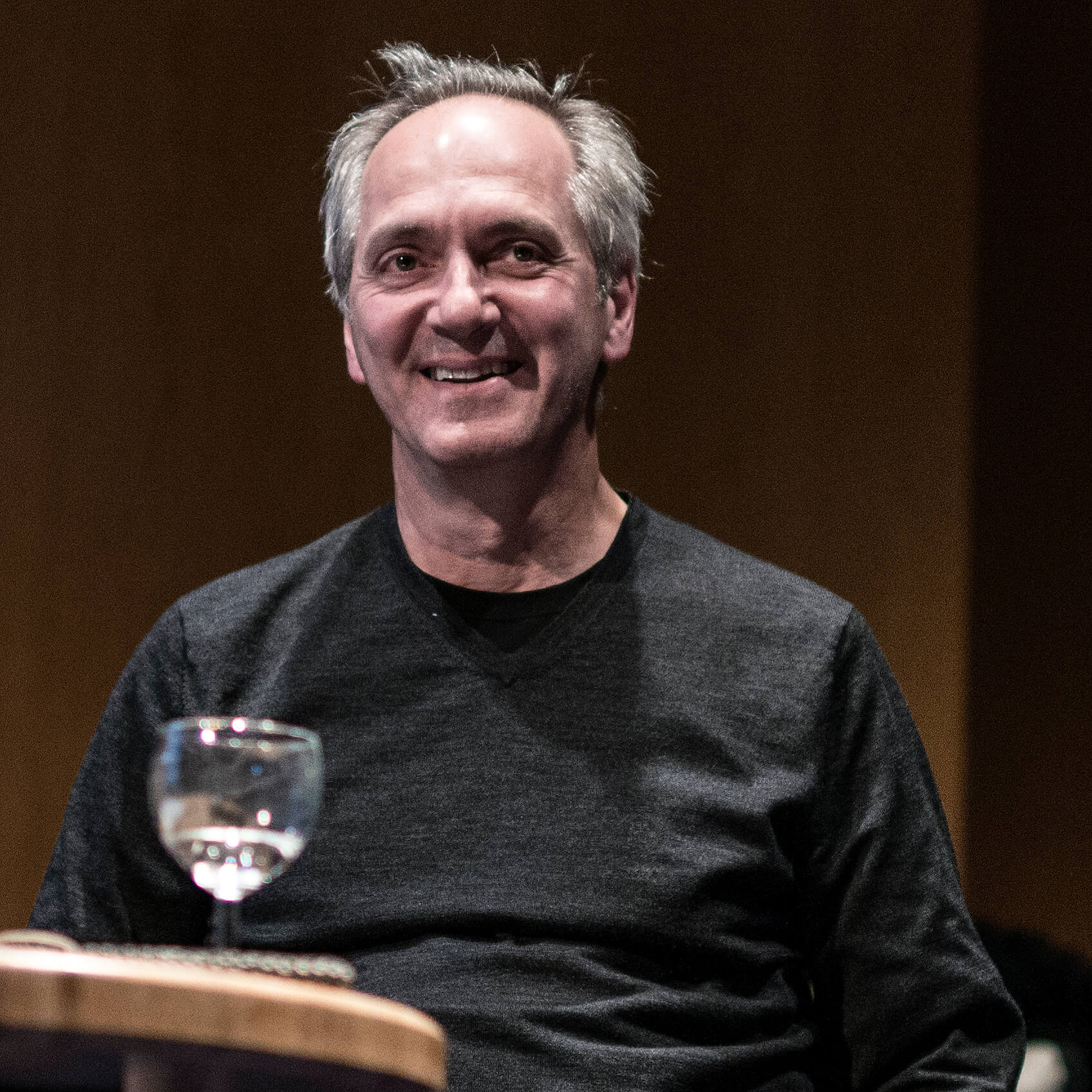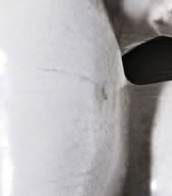5 x 44

Rolf Cavael is a German abstractionist artist.
Cavael's work can be found in museums and collections throughout Europe and the United States.


Eduard Schleich the Elder was a German painter. He is generally referred to as The Elder to distinguish him from his son Eduard, who was also a painter.


Edward Harrison Compton was a German landscape painter and illustrator of English descent.
Like his father he was inspired by the Alps to become a mountain painter (Bergmaler) working in both oils and watercolour. However, an attack of Polio at the age of 28 meant that he had to find more accessible landscapes to paint in Germany, England, northern Italy and Sicily. He also provided illustrations for several travel books published by A & C Black.


Thomas Struth is a German photographer who is best known for his Museum Photographs series, family portraits and black and white photographs of the streets of Düsseldorf and New York taken in the 1970s. Struth lives and works in Berlin and New York.
















































![N.N. WRANGEL: [WIKTOR ELPIDIFOROWITSCH] BORISSOW-MUSSATOW](/assets/image/picture_3532951/abd28/5ybh-8wqiqcxkhfgqrzz4a99o3koybk49ycuyvrqojzxdurpboi6vzlphb1zgeh1699003666jpg__fix_374_244.jpeg)
![N.N. WRANGEL: [WIKTOR ELPIDIFOROWITSCH] BORISSOW-MUSSATOW](https://veryimportantlot.com/assets/image/picture_3532951/abd28/5ybh-8wqiqcxkhfgqrzz4a99o3koybk49ycuyvrqojzxdurpboi6vzlphb1zgeh1699003666jpg__fix_374_244.jpeg)


























